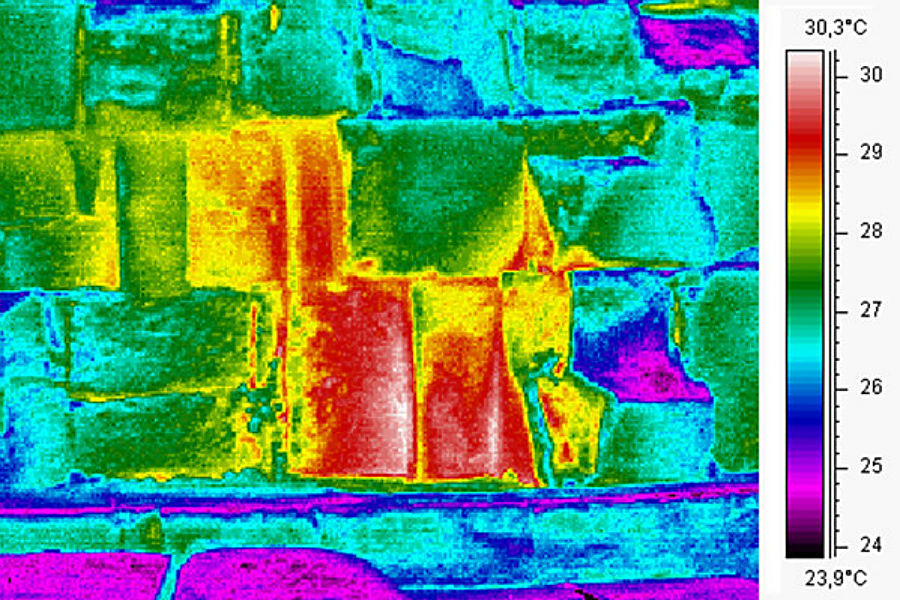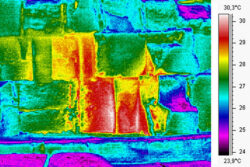Built during a time when Egypt was one of the richest and most powerful civilizations in the world, the pyramids—especially the Great Pyramids of Giza, are perhaps the most recognisable man-made structures in the world. Their massive scale reflects the unique role that the pharaoh played in ancient Egyptian society.
Located on a plateau on the west bank of the Nile River, to the outskirts of modern-day Cairo. The oldest and largest of the three pyramids at Giza, known as the Great Pyramid, is the only surviving structure out of the famed seven wonders of the ancient world. Taking some 20 years and approx 2.3 million blocks of stone (averaging about 2.5 tons each) had to be cut, transported and assembled to build what is Khufu’s Great Pyramid.
This very week a team of international researches have used various non-destructive, non-evasive technologies in an attempt to peer into the pyramids. One such method used which caught Geo Therm Ltd’s attention is the use of the latest handheld thermal imagers. The research team are using thermal imagers to create a thermal heat map of the pyramid surface, to reveal spurious hot and cold temperature differences, associated with block work density and likely hidden cavities. Following a first pass scan a dramatic 6˚C difference at three blocks to the lower east face of the Khufu pyramid was found.
The results are astonishing albeit inconclusive, nonetheless News agencies are proclaiming the possibility of new entrances hidden from view for thousands of years, until thermal imaging was used. Needless to say we are eagerly awaiting further scientific updates and the possibility of further secrete entrances being found and hopefully opened, that have remained closed and hidden from view for millennia.
If thermal imaging interests you please visit sign up to our social media pages, you will not be disappointed.





